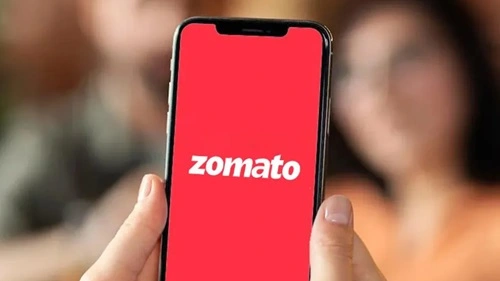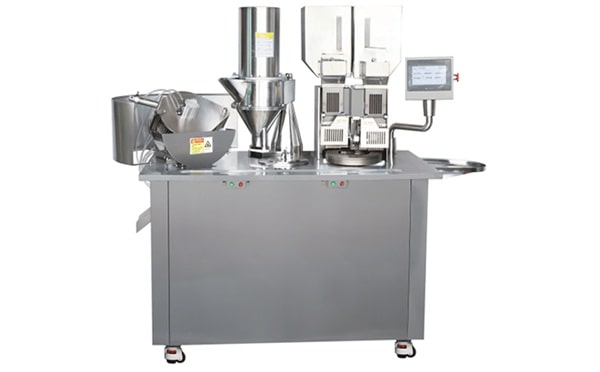Zomato, India’s leading food delivery and restaurant aggregator platform, has transformed how people dine and order food across the country. Founded in 2008, Zomato has expanded rapidly, offering restaurant discovery, food delivery, and dining-out services. With its recent IPO in 2021, Zomato became one of the first food-tech companies in India to go public, marking a significant milestone in India’s digital economy. This SWOT (Strengths, Weaknesses, Opportunities, Threats) analysis provides insights into Zomato’s current market position and potential future in an evolving industry.

Strengths
1. Strong Brand Recognition and Market Leadership:
Zomato is one of the most recognized food-tech brands in India, known for its wide range of offerings, including food delivery, restaurant discovery, and reviews. With over a decade of market presence, Zomato has established a strong brand identity, especially in urban centers. Its extensive customer base and brand loyalty provide a competitive edge in India’s highly competitive food delivery market.
2. Extensive Restaurant Network and Delivery Reach:
Zomato has an extensive network of partner restaurants and delivery personnel, allowing it to provide services across multiple cities in India. With a presence in over 500 cities, Zomato’s delivery reach is unparalleled. Its collaboration with both high-end restaurants and local food joints enables the platform to cater to a diverse audience, making it a go-to option for food delivery across income segments.
3. Technological Advancements and User-Friendly Interface:
Zomato has continually invested in technology to enhance user experience, optimize delivery, and personalize recommendations. The app’s user-friendly interface, integrated payments, and real-time tracking features make it convenient for users. Zomato’s use of data analytics and AI to recommend restaurants and dishes also improves customer engagement and satisfaction, keeping it ahead of many local competitors.
4. First-Mover Advantage and Diversified Offerings:
As one of the pioneers in India’s food delivery market, Zomato has a first-mover advantage that allows it to set trends. In addition to food delivery, Zomato offers services such as Pro memberships, dining-out discounts, and even grocery delivery, giving it a diversified business model. This diversification provides additional revenue streams and keeps customers engaged beyond food delivery.
Weaknesses
1. High Cash Burn and Profitability Challenges:
Zomato, like many food delivery platforms, has faced significant challenges in achieving profitability. The company’s high cash burn rate is due to heavy investments in discounts, delivery incentives, and expansion. Even after going public, Zomato continues to operate at a loss, with profitability remaining a distant goal. The pressure to reduce losses while maintaining market share could affect Zomato’s financial stability.
2. Dependence on a Price-Sensitive Market:
India’s market is highly price-sensitive, with customers often opting for the most economical choice. Zomato’s reliance on discounts and cashback offers to attract users can reduce profitability. Additionally, price sensitivity impacts the platform’s ability to raise delivery charges or reduce promotional offers without risking customer attrition. This dependence on discounts to drive volume impacts the sustainability of Zomato’s business model.
3. High Operational Costs and Delivery-Related Challenges:
Zomato’s operational costs are substantial, particularly due to expenses associated with delivery logistics, workforce management, and maintaining a large partner network. High attrition rates among delivery personnel, along with delivery delays and complaints about food quality, can hurt customer experience. The challenge of managing a large delivery workforce and ensuring timely delivery continues to be a significant operational weakness.
4. Regulatory Compliance and Taxation Issues:
As Zomato navigates various regulatory requirements, including food safety and delivery standards, it faces considerable compliance costs. India’s complex tax structure and evolving regulations around the gig economy can add to Zomato’s expenses. For instance, the recent mandate by the Indian government for e-commerce food aggregators to collect and remit GST has increased Zomato’s tax burden, complicating its financials further.
Opportunities
1. Expanding into Tier 2 and Tier 3 Cities:
Zomato has a strong presence in India’s metros and Tier 1 cities, but the real growth opportunity lies in expanding into Tier 2 and Tier 3 cities. As internet penetration and smartphone adoption rise, demand for food delivery is increasing in smaller towns and cities. By tapping into these underserved markets, Zomato can significantly expand its user base and strengthen its market position, especially as regional competition is lower in these areas.
2. Rising Demand for Health and Gourmet Options:
With the increasing emphasis on health and wellness, there is a growing demand for healthier food options. Zomato can partner with health-focused restaurants or launch its own range of healthy meals to cater to this trend. Similarly, the demand for gourmet, premium options is rising, particularly among urban consumers. By offering curated premium and health-conscious choices, Zomato can attract a higher-spending customer segment.
3. Expansion of Zomato Pro and Subscription Models:
Zomato’s Pro membership has gained popularity, offering discounts and exclusive deals to loyal users. Expanding this subscription model can help generate a steady revenue stream and encourage customer retention. By enhancing the benefits of Zomato Pro, such as including exclusive partnerships with high-end restaurants, the company can increase Pro membership sales and loyalty among high-value users.
4. Diversification into Cloud Kitchens and Hyperlocal Services:
Zomato has already begun exploring cloud kitchens, which allow it to create optimized, delivery-only kitchens for popular cuisines without the costs of a traditional restaurant. Expanding its cloud kitchen business can help Zomato optimize delivery times and reduce operational costs. Additionally, Zomato’s venture into hyperlocal services, such as grocery delivery, can help it diversify its revenue streams and stay competitive as consumer preferences evolve.
Threats
1. Intense Competition from Swiggy and New Entrants:
India’s food delivery market is fiercely competitive, with Swiggy as Zomato’s primary rival. Both platforms engage in aggressive pricing and discounting strategies to attract customers. Additionally, new players like Amazon Food pose a potential threat, as they bring significant financial backing and resources. This intense competition puts pressure on Zomato to offer competitive pricing and frequent discounts, further affecting its margins.
2. Regulatory Risks and Changing Government Policies:
The Indian government has been increasing its scrutiny of e-commerce and gig economy companies, leading to regulations that could impact Zomato’s operations. Labor laws for gig workers and guidelines around data privacy are evolving, and compliance could increase operational costs. Any unfavorable regulatory changes, such as caps on commissions or stricter labor laws for delivery personnel, could have a negative impact on Zomato’s business model.
3. Rising Fuel Costs and Inflation:
Delivery expenses constitute a major cost component for Zomato, and rising fuel prices and inflation increase operational costs. Fuel costs directly impact delivery personnel, and inflation can lead to higher food prices, potentially affecting demand. While Zomato can adjust delivery fees, doing so may risk alienating customers in a price-sensitive market, making inflation a challenging external factor.
4. Consumer Shifts Toward Dine-In Experiences:
With the easing of COVID-19 restrictions, there is a gradual shift back to dine-in experiences. Many consumers are returning to restaurants for in-person dining, impacting demand for home delivery services. Although food delivery will remain popular, a shift towards dining out could slow growth in food delivery volumes, particularly in high-spending customer segments that prefer the in-restaurant experience.
Future Outlook
The future outlook for Zomato is promising, albeit challenging. As the food delivery market in India matures, Zomato’s ability to capture demand in untapped markets will be critical to its growth trajectory. Expanding into Tier 2 and Tier 3 cities, where competition is lower, presents a significant opportunity. With rising internet penetration and disposable incomes in smaller towns, Zomato can leverage its brand recognition to gain a foothold in these markets.
Zomato’s diversification strategy, particularly with cloud kitchens and hyperlocal services, will also play a pivotal role in driving growth. Cloud kitchens offer a cost-effective way to scale and optimize delivery times, allowing Zomato to cater to local tastes without heavy investments. Additionally, expanding Zomato Pro and improving subscription models can increase customer loyalty and provide consistent revenue streams.
However, Zomato must address its profitability challenges and reduce its high cash burn. Streamlining operations, optimizing delivery routes, and managing discounting practices will be essential to improving margins. With inflation and rising fuel prices, cost management will be critical for Zomato to sustain operations and improve profitability in the long term.
The regulatory landscape will be another area to watch. Evolving laws regarding the gig economy, labor rights, and data privacy will impact how Zomato operates. Proactive compliance with these changes and a focus on ethical practices can help Zomato build a responsible brand image.
In conclusion, Zomato’s strengths in brand recognition, technology, and extensive reach provide a solid foundation, but the company must navigate its weaknesses and address external threats. With a strategic focus on expanding into untapped markets, diversifying revenue streams, and strengthening its operational efficiency, Zomato can continue to grow and adapt in India’s dynamic food-tech landscape. By balancing growth with profitability, Zomato has the potential to remain a dominant player in India’s food delivery industry while exploring new business opportunities.

